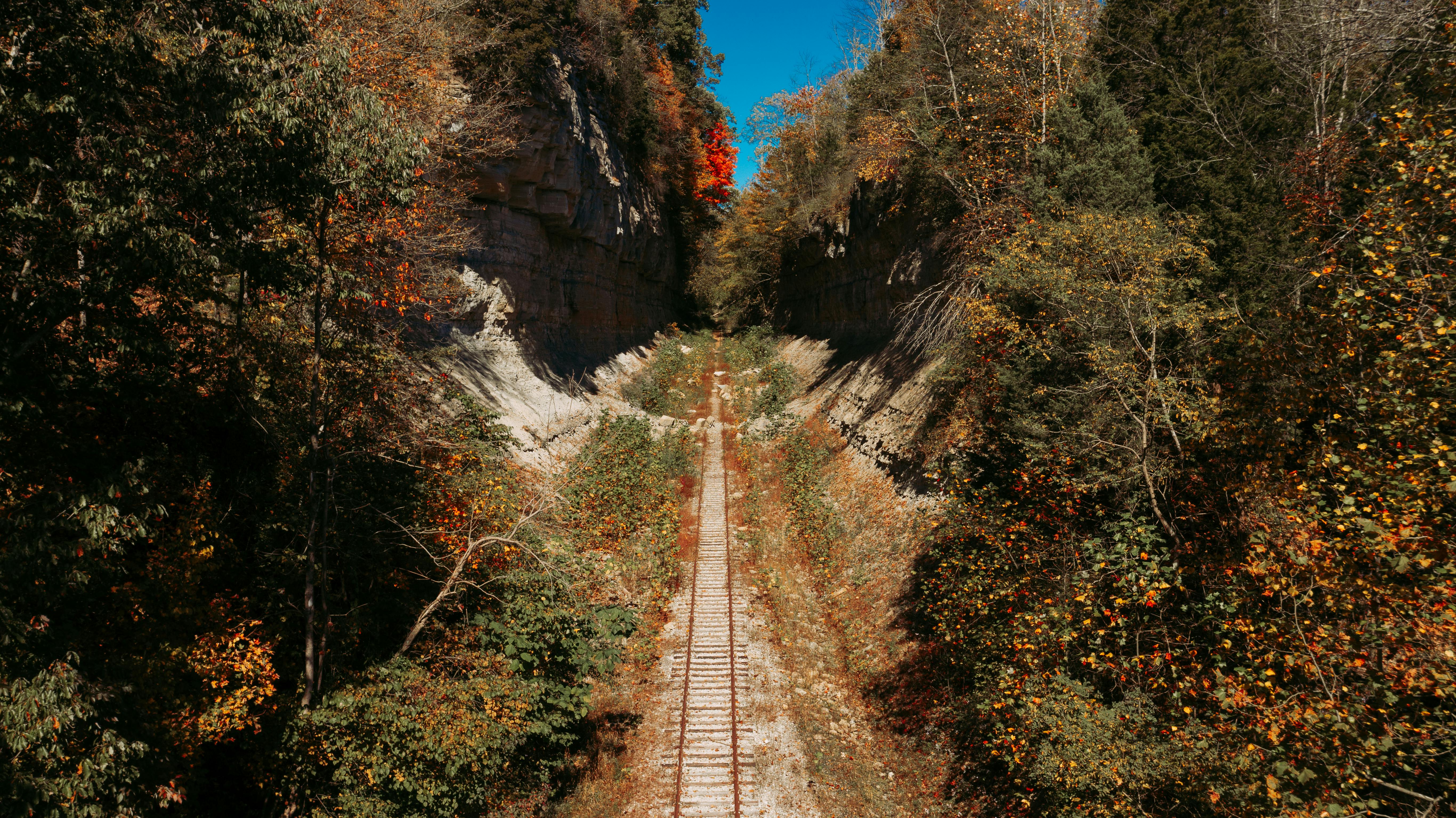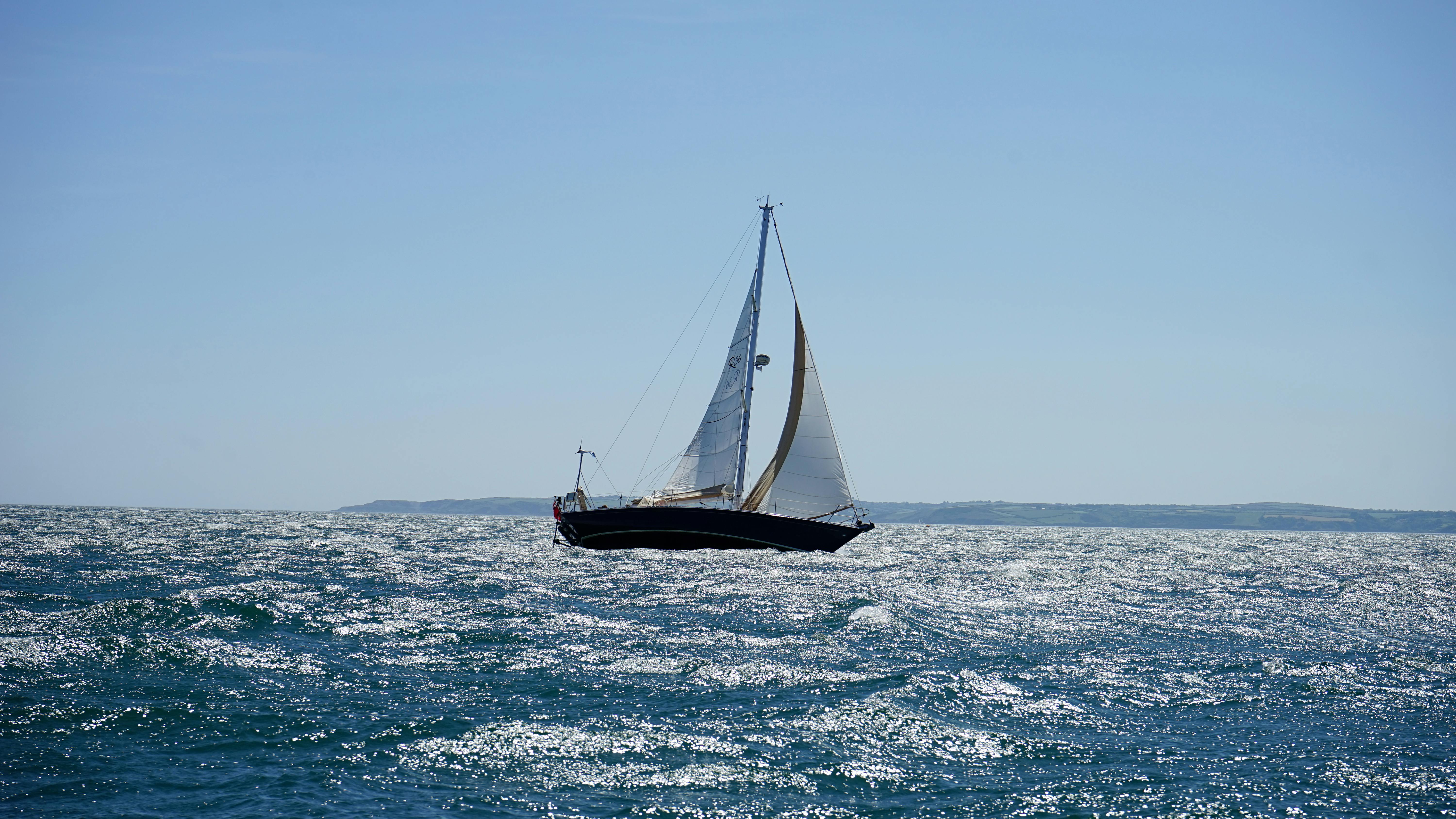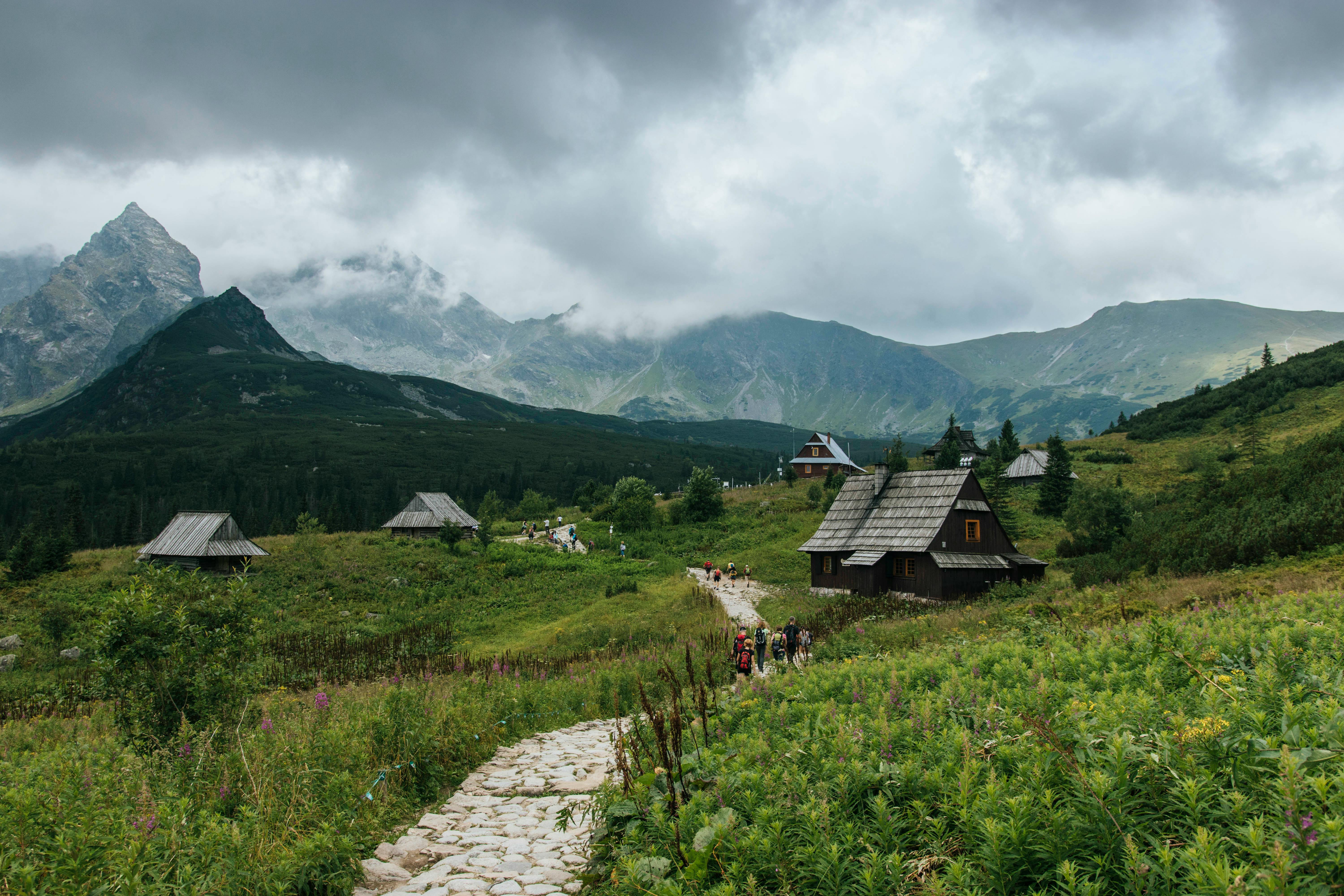Psychedelic rock is arguably the most important genre in rock history. Created out of a 1960s counterculture centered on taking psychedelic drugs to experience a heightened sense of reality through distortions, vibrations, vivid colorizations, and lucid dreams, the culture sought to replicate the effects of LSD through imagery. and vibrating sounds.
Psychedelic rock is characterized by an instrumentation with many effects. Reverb echoes incessantly, tremolo takes the place of standard lead guitar lines, while distortion buzzes everywhere. The lyrics tried to convey visions and feelings produced during these inner cosmic journeys.
The sound was pioneered by The Beatles and adopted by bands like The Yardbirds, Cream, Pink Floyd, and The Jimi Hendrix Experience. The band primarily credited with inventing the term psychedelic rock is The 13th Floor Elevators, based in Austin, TX.
The movement reaches its peak with The Beatles’ Sgt. Pepper’s Lonely Hearts Club Band, The Rolling Stones’ Their Satanic Majesties Request, Pink Floyd’s The Piper at the Gates of Dawn, all finally climaxing in 1969 at Woodstock, where psychedelic acts like Jimi Hendrix, Janis Joplin and Santana played.
Several events contributed to the decline in popularity of psychedelic rock. LSD had been outlawed, the link between Charles Manson’s murder of Sharon Tate and The Beatles’ “Helter Skelter” sparked a “hippie backlash”. “Acid victims”, or people negatively affected by hallucinogens and drugs in general, became cartels to avoid psychedelic experiences: the insanity of Syd Barrett, the deaths of Jim Morrison, Jimi Hendrix and Janis Joplin led to a rawest “back to basics” trend in Rock.
However, due to the appeal of psychedelic rock, new genres were formed, including progressive rock and heavy metal. Musicians who grew up listening to psychedelia still wanted to take elements of the movement and included their favorite aspects in their respective sounds.
In the late 1970s, bands primarily in the Post-Punk scene strove to revive psychedelia, combining distortions, reverb, and phaser (et al) with the upbeat dance beats of New Wave. Bands like Siouxsie and the Banshees, Echo and the Bunnymen, The Soft Boys, and The Church used ’60s nuances to achieve ’80s effect. Thus, Neo-Psychedelia was born.
The popularity of these bands bled into the ’90s, with Shoegaze of My Bloody Valentine and The Jesus of Mary Chain carrying over from the ’80s, the rise of The Brian Jonestown Massacre, The Dandy Warhols and Electric 6 Collective, including The Apples at Stereo, from Montreal, and Neutral Milk Hotel. Neo-Psychedelia can basically be summed up as any form of music that incorporates psychedelic elements within its songs.
True psychedelic rock is untouchable, having ended with the decline of the counterculture. If one had to write original songs in the style of psychedelic rock, those songs would be neopsychedelic.
Psychedelic music was so powerful in its statement, primarily through its promise to experience high art, that it continues to dominate our musical trends to this day. And I’m willing to bet that it will never go away completely.




